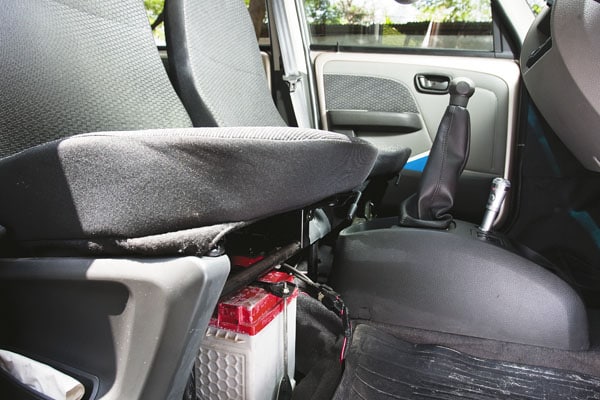
Wheels of Fire: The Burning Issue in Tata Motors
Nano has always been a burning issue for Tata Motors. With two cars going up in flames, the company must prove its customer focus now
By all accounts, March 21 was an uneventful muggy Mumbai summer’s day. Steaming traffic jams were spread thickly over the city roads. Most people were sweating it out in BEST buses. Nutan Sawant was not one of them. That day she was in a car. For as long as she could remember, she had travelled on those lifelines of Mumbai: Local trains and buses. And then in October 2009, her husband Satish heard about the launch of the Rs. 1-lakh people’s car. “Last year after Diwali, I thought we could afford a small car,” he says. He was so keen that he jumped the queue by paying Rs. 15,000 to a Concorde Motors employee. March 21 was when they had to collect it. Satish and his wife went to the Concorde showroom at 10 a.m. Since Satish didn’t know driving, Concorde arranged for a driver. It was a great feeling for Nutan and Satish. They relaxed in the spacious rear seat as it glided through the tree-lined roads of Prabhadevi. They had travelled 15 kilometres when Nutan sniffed, turned towards Satish and asked the Rs. 2.26-lakh question: “Do you smell something burning?”
Satish was unsure. More so when the driver said a new car could have such a smell. They travelled a bit further and still the smell wouldn’t go away. Nutan again expressed her concern. When Satish or the driver did not pay any heed, she ordered the driver to stop the car. A biker passing by drew their attention towards the rear part of the car. The Sawants and the driver got out to look and saw smoke first and then fire. Satish or Nutan don’t quite remember the exact sequence of events except that in 15 minutes, the entire car was completely gutted. Sawant called Concorde. They towed the car away. The police, too, turned up but were unsure of what complaint to register. The Sawants returned home by 2.30 p.m.; without the car of course.
The Dark Edge of a Dream
Take the image of a burning Nano and put it next to the image that actually gave birth to the idea of Nano. One version (now declared apocryphal) says Ratan Tata saw a family of four on a bike in pouring rain and decided to come up with a car that cost less and carried more.
The target sale price of the car was Rs. 1 lakh, less than half of the price of cheapest car available in India and indeed anywhere in the world.
To make sure that the promise was kept, Tata Motors turned on the innovation tap. The engineers at Tata Motors questioned everything. The result was a fresh new design. The engine went to the rear and the petrol tank in the front. A lot of fibre and plastic was used instead of steel to keep the weight of the car low.
The nearly 100 vendors all understood the design to deliver the goods. The approach worked.
Ratan Tata announced the car in New Delhi Auto Show in January 2008, the news of the $2,500 car spread right across the world. The publicity buzz rivaled that of any of Apple’s products. The potential was huge. The Nano can add Rs. 1,000 crore, or about 3 percent of annual revenues to Tata Motors, says analyst Vaishali Jajoo of Angel Broking. It will also fit in with global ambitions of the company which has already planned to launch Nano in Europe in 2011.










